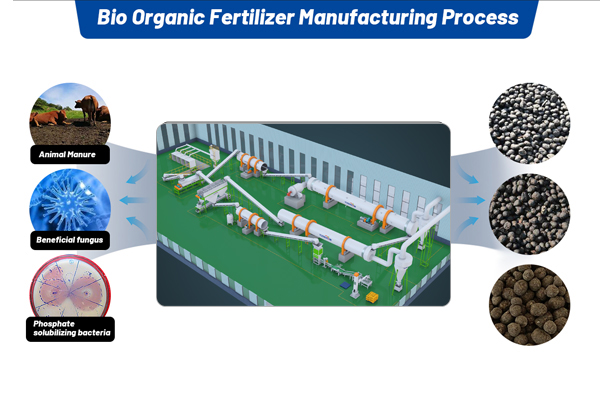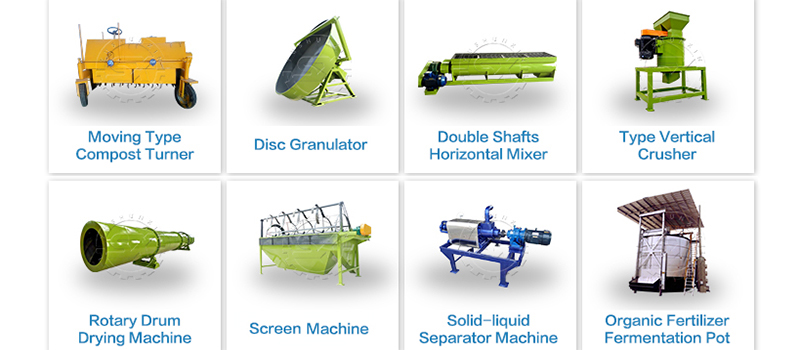For many new investors and small fertilizer manufacturers, the biggest question is not whether to enter the biofertilizer market, but how much to invest. Selecting a suitable biofertilizer production line largely depends on budget, target capacity, and raw material type.
This guide explains how different budget levels—around USD 50,000, USD 100,000, and USD 200,000—typically correspond to different configurations of organic biofertilizer manufacturing systems.
Entry-Level Solutions: Around USD 50,000
With a budget close to USD 50,000, most producers focus on a small-scale biofertilizer production setup. These lines usually emphasize basic composting and simple granulation.
A typical configuration may include a compost turner for windrow or trench composting, a basic crusher, a simple mixer, and a compact pelletizing machine such as a disc or roller granulator. Drying and cooling are often simplified or partially manual.
This type of low-cost biofertilizer manufacturing line is suitable for local markets, pilot projects, or farms processing livestock manure into organic fertilizer pellets.

Mid-Range Investment: Around USD 100,000
At the USD 100,000 level, producers can build a more complete organic fertilizer production line with improved automation and product consistency.
A mid-range biofertilizer processing plant typically includes controlled composting equipment, automatic feeding systems, improved granulation units, rotary dryers, and screening machines. Dust collection and odor control equipment may also be added.
This budget allows higher output, more stable granule quality, and better adaptability to different raw materials such as poultry manure, crop residues, or mixed organic waste.
Advanced Configuration: Around USD 200,000
With an investment of approximately USD 200,000, producers can establish a semi-automatic or fully integrated biofertilizer production system.
Such lines often include automated compost fermentation systems, high-efficiency granulators, rotary drum dryers, coolers, coating machines, and automated packing systems. This level of biofertilizer manufacturing plant is suitable for commercial-scale operations supplying regional or export markets.
The higher budget improves labor efficiency, production stability, and product uniformity while reducing long-term operating costs. If you want to make biofertilizer within budget, you can consult YUSHUXIN.

Key Factors Beyond Budget
While budget is critical, other factors also influence biofertilizer production line selection, including raw material moisture, desired fertilizer form (powder or granule), available land area, and labor costs.
Choosing the right biofertilizer manufacturing equipment is about balancing initial investment with long-term operational goals. Learn more!
By understanding how different investment levels translate into different biofertilizer production solutions, producers can make informed decisions without overinvesting or limiting future growth. A budget-aligned production line is often the most practical starting point for success in the organic fertilizer industry. If you need a business plan, welcome to visit: https://www.biofertilizerproduction.com/bio-fertilizer-making-line-cost/









